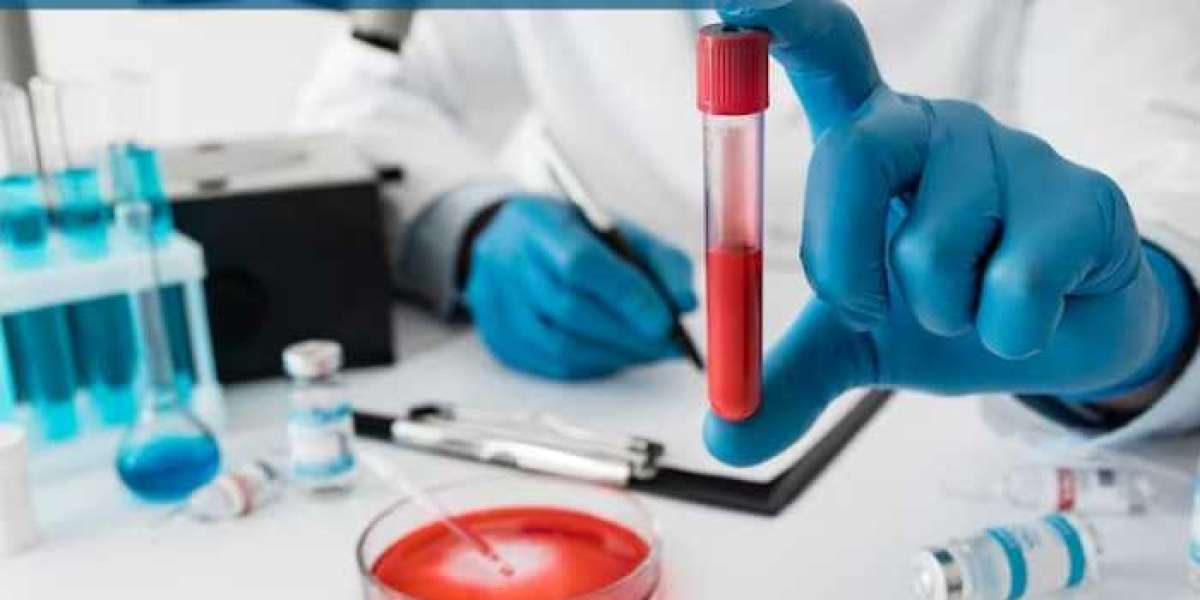Plasma-derived medicinal products (PDMPs) have played a crucial role in clinical therapy for over 75 years, revolutionizing the treatment of numerous diseases. With more than 30 commercial plasma-derived medicines available, many of them come with high costs and limited availability.
Some of these plasma protein concentrates have been recognized as essential medicines by the World Health Organization (WHO), including clotting factor concentrates for treating hemophilia and gamma globulin preparations for immunodeficiency treatment. As the world faces an increasing number of complex medical conditions, the global market for plasma fractionation is expected to thrive in the coming years.
For More Industry Insight Read: https://www.fairfieldmarketresearch.com/report/plasma-fractionation-market
Addressing Unmet Needs: Conserving Recovered Blood Plasma
According to WHO estimates, approximately 21.6 million liters of plasma can be recovered from total blood collection annually. Out of this volume, around 4.2 million liters are transfused, and approximately 8.1 million liters are sent for fractionation, leaving 9.3 million liters for disposal.
However, epidemiological data indicates a significant demand and supply gap in essential plasma product treatment for diagnosed and treated patients. For instance, the World Federation of Hemophilia reports that only 30% of patients with hemophilia A or B have been diagnosed, and just 25% receive treatment. Similarly, less than 10% of patients with primary immune deficiency are diagnosed, with only 6% receiving immunoglobulin treatment. Furthermore, new treatments for conditions requiring plasma protein therapy continue to be identified each year.
To address these issues, WHO is advocating for the implementation of Good Manufacturing Practice (GMP) in blood establishments and has established the Blood Regulators Network (BRN) to enhance National Regulatory Authorities (NRAs) in the blood sector.
Impact of COVID-19 Pandemic on the Plasma Fractionation Market
In the wake of the COVID-19 pandemic, numerous pharmaceutical giants, healthcare providers, and start-ups have been working to develop treatments targeting the infection. While specific drugs are yet to be approved, convalescent plasma (CP) therapy has shown promising results in multiple clinical trials, increasing the survival rate of COVID-19 patients. Agencies worldwide are taking initiatives to offer this therapy to patients under emergency use authorization, pending ongoing clinical investigations for its safety and effectiveness.
Immunoglobulin Adoption on the Rise in Plasma Fractionation Market
Immunoglobulins were the largest product segment in 2019, widely accepted for treating various medical conditions due to their infection-fighting properties. They are commonly used to treat primary immune deficiencies and chronic inflammatory demyelinating polyradiculoneuropathy. The increasing rate of diagnosis for immunology diseases and investigational research in immunodeficiency will drive the future demand for immunoglobulins.
Neurology and Immunology Segments to Drive Market Growth
In 2019, the neurology segment led the plasma fractionation market, with intravenous immunoglobulins showing superior response time compared to steroids or oral immunosuppressants. The use of plasma proteins such as coagulation factors and immunoglobulins is extensive in treating neurological diseases. Ongoing developments in plasma proteins for immunology and neurology will further contribute to market growth.
Asia Pacific Continues to Add Modern Plasma Fractionation Facilities
North America held the largest market share of the plasma fractionation market in 2019, followed by Europe and Asia Pacific. The high usage of immunoglobulins and the growing geriatric population drive growth in western countries. In Asia Pacific, there is a continued interest in establishing new modern plasma fractionation facilities, with China being one of the largest manufacturers of plasma-derived medicinal products, collecting around 7 million liters of plasma annually.
Strong Emergence of Recombinant Substitutes
Recombinant alternatives for various plasma-derived products, such as factor VIII, factor IX, and protease inhibitors, have seen significant growth in recent times. These recombinant products offer clinical benefits over plasma-derived products, including less-frequent administration in prophylactic use. The rise in recombinant factor usage poses a challenge to the adoption of plasma products.
Manufacturers Set Up Dedicated Plasma Proteins Production Facilities
Leading market players are actively establishing advanced dedicated plasma production facilities to meet growing demand. Alishech, an Israeli biotech company, is setting up Russia's largest blood plasma fractionation plant with a substantial investment. Kedrion Biopharma recently received FDA approval to set up a plasma proteins production facility in Melville, New York.
Prominent Players in the Field
Key players in the plasma fractionation market include CSL (Australia), Grifols (Spain), Shire (Ireland), Octapharma (Switzerland), Kedrion (Italy), LFB (France), Biotest (Germany), Sanquin (Netherlands), China Biologic Products (UK), Bio Products Laboratory (UK), Japan Blood Products Organization (Japan), Green Cross Corporation (South Korea), Shanghai RAAS Blood Products (China), Emergent BioSolutions (US), Intas Biopharmaceuticals (India), Bharat Serums and Vaccines Limited (India), SK Plasma (Republic of Korea), Sichuan Yuanda Shuyang Pharmaceutical Co., Ltd. (China), KabaFusion (US), and Centurion Pharma (Turkey).



